- Quick Relief: Nizoral can significantly reduce itching, flaking, and redness associated with seborrheic dermatitis.
- Scientifically Backed: Research supports Nizoral’s effectiveness in managing yeast overgrowth and inflammation.
- User-Approved (Mostly): Many users report positive experiences, especially with consistent use and proper application.
- Consider Alternatives: For some, other treatments or combination therapies may be more effective.
- Long-Term Management: Maintenance strategies are crucial to prevent recurrence and maintain results.
Seborrheic dermatitis is a common, persistent skin condition that causes inflammation, particularly in areas like the scalp, face, and chest. [1] If you’re experiencing symptoms like flaking, scaling, redness, and relentless itching, you might be dealing with seborrheic dermatitis. [2] While the exact cause remains unclear, it’s linked to factors such as yeast overgrowth, sebum production, and immune system responses. [3]
Managing seborrheic dermatitis focuses on alleviating these bothersome signs and symptoms. For milder cases, regular shampooing and topical antifungal treatments might suffice. However, moderate to severe cases often require prescription-strength medications.
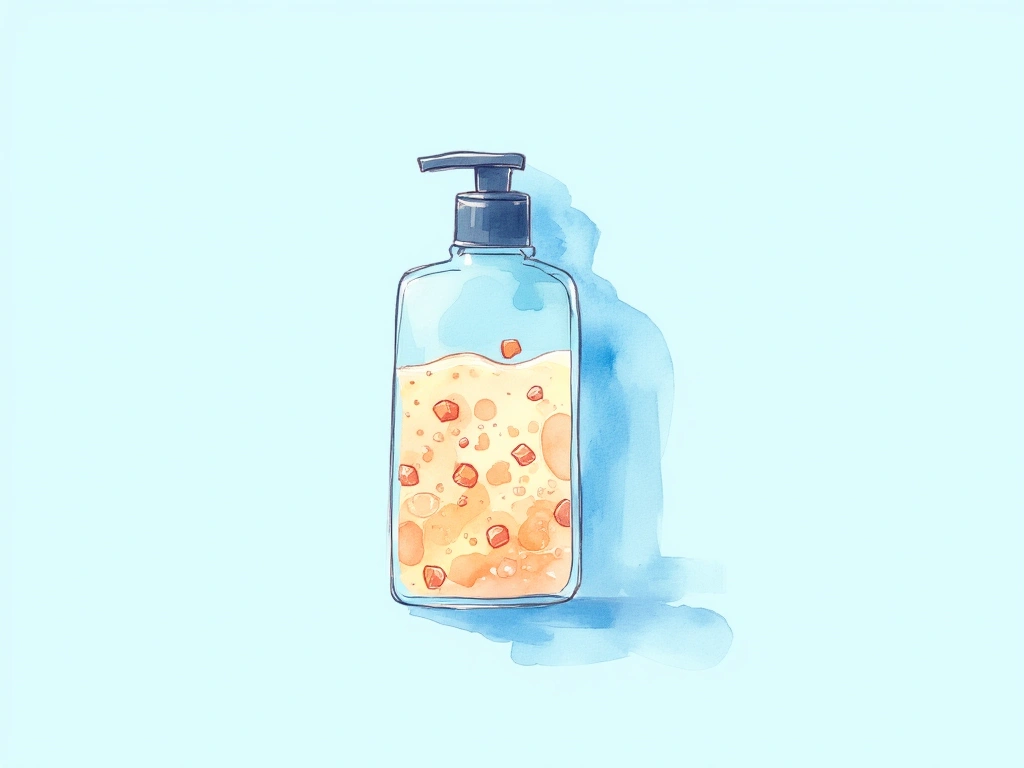
What is Nizoral? Understanding Ketoconazole for Seborrheic Dermatitis
Nizoral is a brand name for a topical antifungal medication with ketoconazole as its active ingredient. [4] Ketoconazole works by inhibiting the growth of fungi and yeast. Nizoral is available in various forms, including shampoo, cream, and gel. [5]
Nizoral shampoo is a popular choice for treating seborrheic dermatitis on the scalp. It possesses anti-inflammatory properties, which can help reduce both scaling and flaking. [6]
Research indicates that Nizoral offers several benefits in managing seborrheic dermatitis:
- Reduces Yeast Overgrowth: It effectively decreases the Malassezia yeast population, a key contributor to seborrheic dermatitis. [7]
- Combats Inflammation: Nizoral helps reduce inflammation and normalize skin cell turnover, addressing the root causes of symptoms. [8]
- Symptom Relief: It demonstrably improves common symptoms like itching, flaking, and redness. [9]
It’s important to note that Nizoral isn’t a universal solution. Some yeast strains may develop resistance, [10] and long-term Nizoral use could potentially lead to decreased effectiveness over time.
[IMG: Graphic showing Nizoral shampoo bottle with flakes and redness on a scalp]
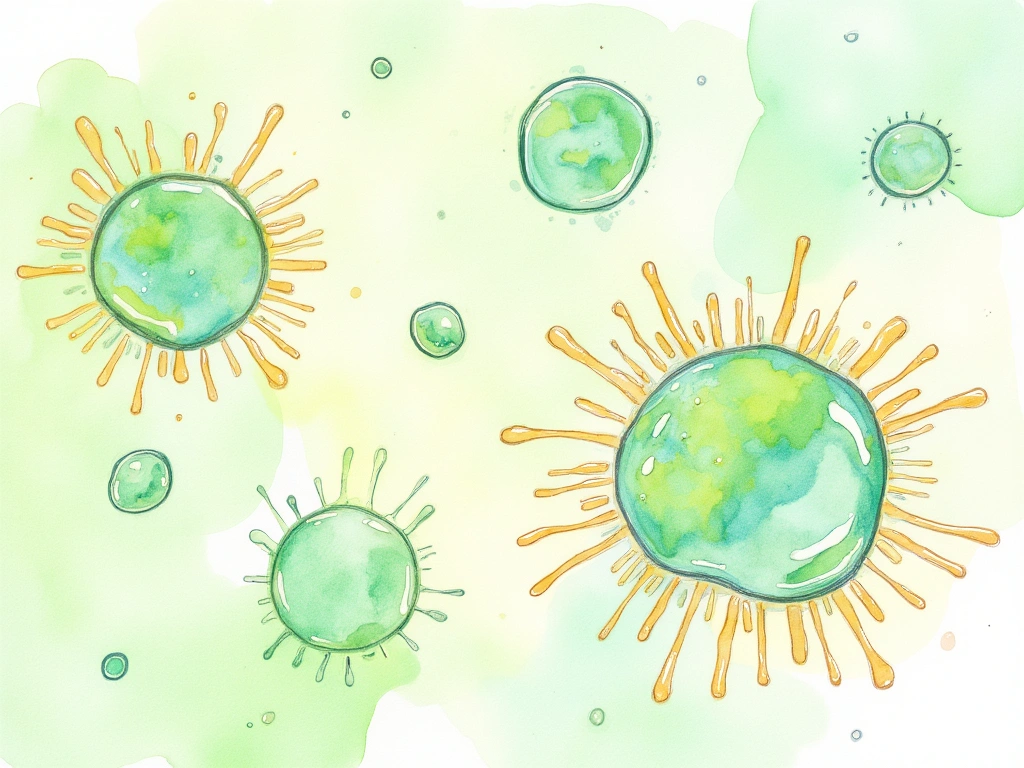
The Science Behind Nizoral and Seborrheic Dermatitis: How It Works
Nizoral’s effectiveness against seborrheic dermatitis stems from its dual action:
1. Antifungal Action
- Yeast Growth Inhibition: Nizoral prevents Malassezia yeasts from transitioning into their pathogenic fungal forms, which exacerbate seborrheic dermatitis. [15]
- Cellular Disruption: It damages yeast cell walls and disrupts internal structures, ultimately leading to yeast cell death. [16]
- Biofilm Prevention: Nizoral can prevent the formation of biofilms, which are protective layers that can make fungal infections resistant to topical treatments. [17]
2. Anti-Inflammatory Action
- Immune Modulation: Nizoral reduces the activation of immune cells and the production of inflammatory cytokines, dampening the inflammatory response in seborrheic dermatitis. [8]
- Skin Barrier Repair: It helps normalize impaired skin barrier function, a common issue in seborrheic dermatitis, contributing to healthier skin. [18]
- Reduced Skin Cell Turnover: By slowing down skin cell turnover, Nizoral reduces the excessive flaking characteristic of dandruff and seborrheic dermatitis. [8]
Through these combined antifungal and anti-inflammatory mechanisms, Nizoral effectively targets the underlying processes driving seborrheic dermatitis symptoms. However, the specific formulation of Nizoral and the severity of your condition can influence its overall effectiveness.
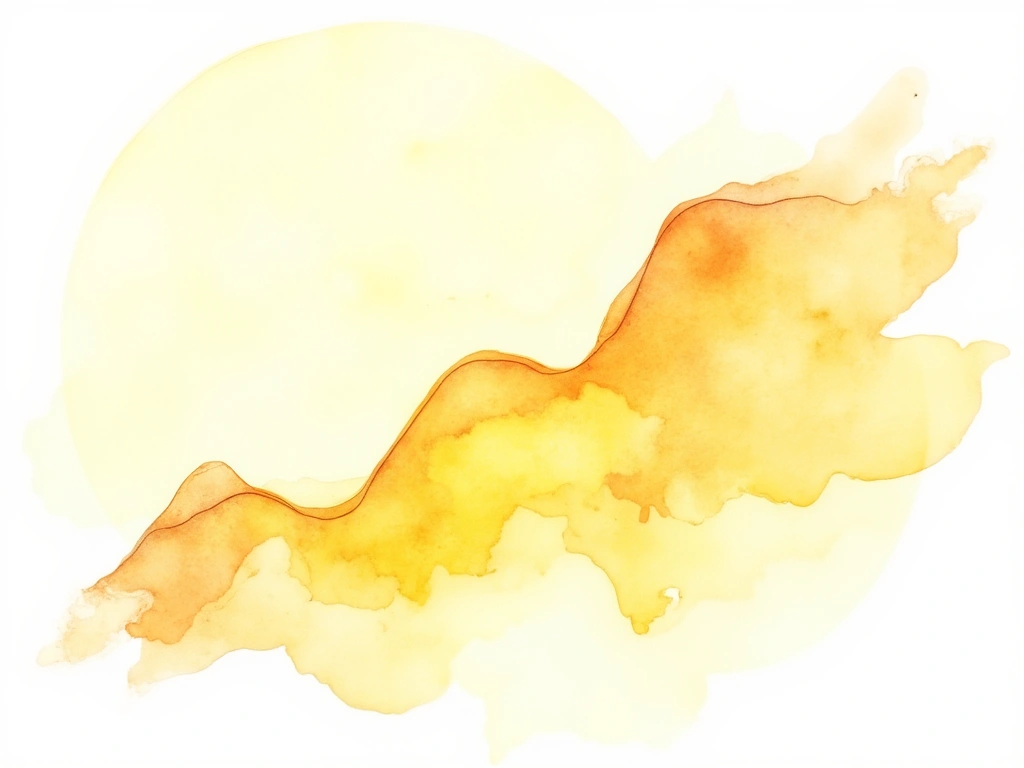
Research-Backed Evidence: Clinical Studies on Nizoral for Seborrheic Dermatitis
Numerous studies support the use of Nizoral in improving seborrheic dermatitis symptoms:
- Significant Symptom Reduction: A clinical trial showed that 88% of participants experienced reduced scaling, and 80% reported less itching after eight weeks of Nizoral treatment. [11]
- Enhanced Efficacy with Combination Therapy: Combining Nizoral with other antifungals, such as clotrimazole, has been shown to clear symptoms more effectively than using a single medication. [12]
- Preventing Efficacy Decline: Alternating Nizoral with selenium sulfide shampoo can help prevent reduced effectiveness that may occur with long-term use. []
However, some research indicates that other topical treatments might offer superior results in certain situations:
- Comparison to Corticosteroids: Betamethasone valerate 0.1% cream demonstrated faster improvement in flaking and itching compared to 2% Nizoral cream in one study. [13]
- Severe Scalp Plaques: For persistent, thick scalp plaques, injected triamcinolone provided more significant clearing within two weeks compared to topical treatments. [14]
These findings suggest that while Nizoral is a valuable treatment option for many, the best approach can vary based on the severity and location of your seborrheic dermatitis.
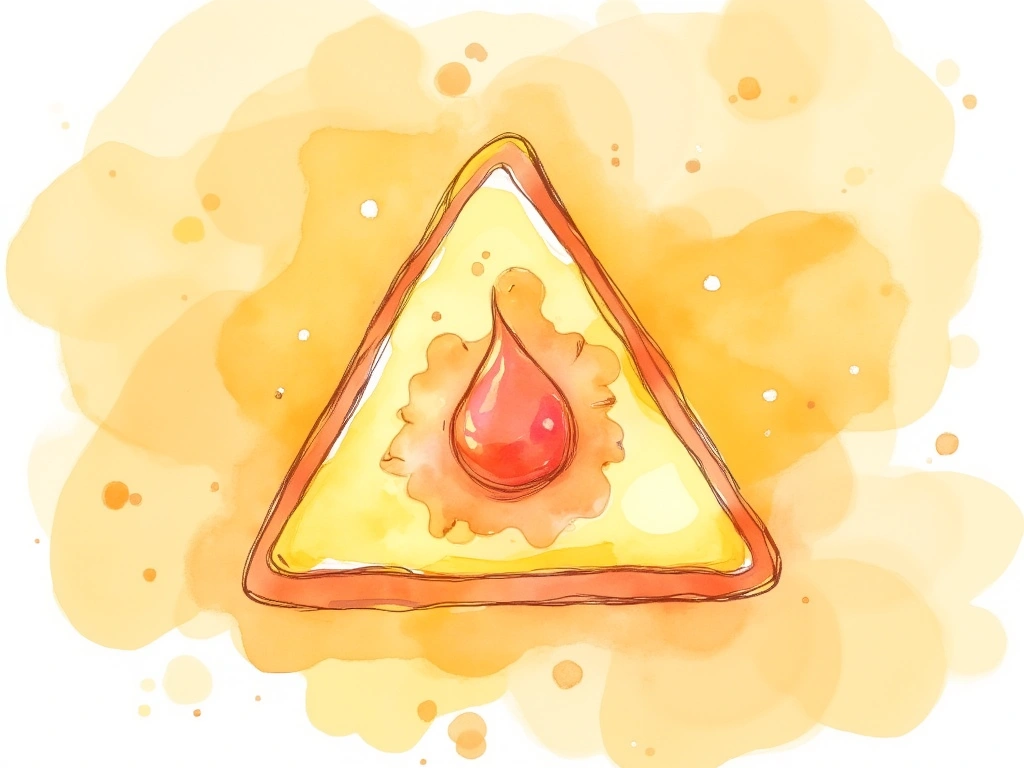
Safety Profile and Potential Side Effects of Nizoral
Generally, Nizoral is considered safe when used as directed. However, like any medication, it can have potential side effects. Common side effects may include: [19]
- Skin irritation, stinging, or redness at the application site
- Changes in hair color or texture
- Headache or oily scalp (more common with leave-on formulations)
Rarely, Nizoral use has been linked to abnormal liver function. [20] Individuals with pre-existing liver conditions should use Nizoral with caution and under medical supervision.
If you are pregnant or breastfeeding, it’s best to consult your doctor before using Nizoral. While topical absorption is minimal, the potential risks during pregnancy are not fully established. [Reddit: https://www.reddit.com/r/pregnant/comments/quvcvk/safe_management_of_seborrheic_dermatitis/]

Real User Experiences: What Patients are Saying About Nizoral for Seborrheic Dermatitis
Real-world experiences with Nizoral are diverse, reflecting individual responses and condition severity:
- Initial Success and Long-Term Management: “Nizoral worked incredibly at first, but seemed to lose effectiveness after 6 months. Adding in selenium sulfide shampoo helped regain control.” [Source – Reddit Thread]
- Significant Symptom Relief: “The itch and flakes from my seb derm were unbearable until I started using Nizoral twice a week.” [Source – Reddit Thread]
- Adverse Reactions: “Nizoral made my skin red, dry and irritated. It seemed to make my seb derm worse.” [Source – Reddit Thread]
These accounts highlight that while Nizoral is often effective as a first-line treatment, individual results can vary. Combination therapy or exploring alternative antifungals might be necessary for some individuals.
Key Takeaways from User Reviews
- Fast Initial Improvement: Many users report noticeable improvements soon after starting Nizoral shampoo or cream.
- Importance of Contact Time: Leaving Nizoral shampoo on for 3-5 minutes before rinsing appears to optimize its effectiveness.
- Consistency is Crucial: Regular, consistent use, often several times a week, is important for preventing symptom recurrence.
- Long-Term Use Considerations: Long-term daily use may not be ideal due to potential resistance or side effects. Maintenance strategies and alternative options are important.

Exploring Alternatives: Other Treatment Options for Seborrheic Dermatitis
When Nizoral is not effective, causes irritation, or loses its effectiveness over time, several alternative active ingredients and treatments can be considered:
- Tar-based shampoos: [Source – Reddit Thread]
- Selenium sulfide: [Source – Reddit Thread]
- Anti-dandruff shampoos (with zinc pyrithione or other active ingredients): [Source – Reddit Thread]
- Essential oils like tea tree oil: [Source – Reddit Thread]
It’s important to discuss alternative treatment options with a dermatologist to find the most suitable approach for your specific needs.
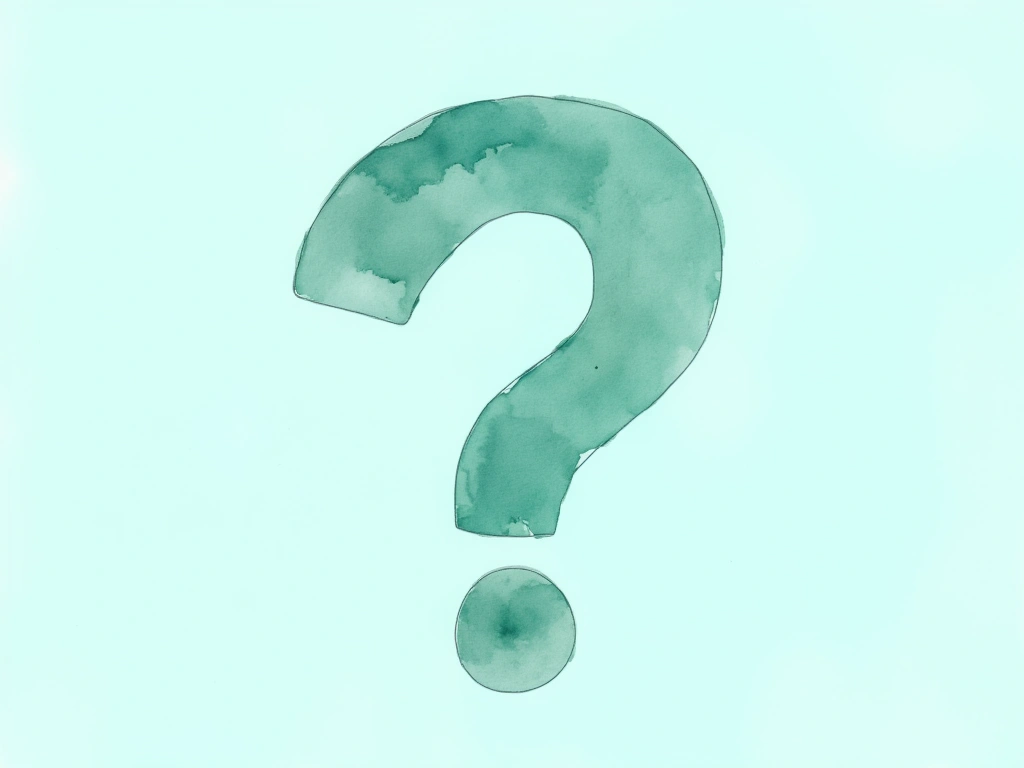
Conclusion: Is Nizoral Right for Your Seborrheic Dermatitis?
Nizoral, with its broad-spectrum antifungal properties, is a valuable tool for managing seborrheic dermatitis triggered by fungal overgrowth and inflammation. Both scientific research and user testimonials suggest it can effectively reduce common symptoms like flaking, scaling, and itch.
However, individual responses to Nizoral can vary significantly. For optimal long-term management, a maintenance approach involving rotating active ingredients may be necessary. Combining Nizoral with other anti-inflammatory or antifungal treatments might also enhance results.
The most effective strategy for managing seborrheic dermatitis involves working closely with a dermatologist. They can help determine the most appropriate Nizoral formulation, frequency of use, and whether additional medications or alternative treatments are needed based on your unique condition and symptoms. Seeking professional guidance ensures a personalized and effective approach to controlling troublesome seborrheic dermatitis.
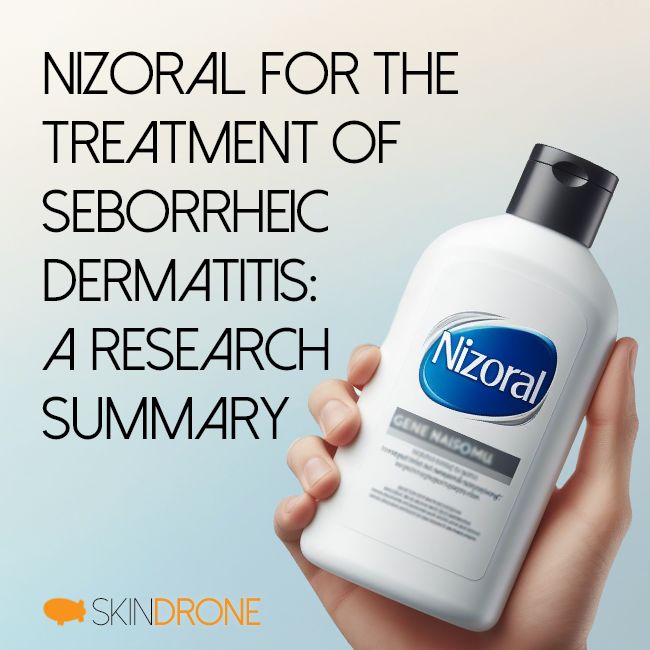
No Comments
Be the first to start a conversation